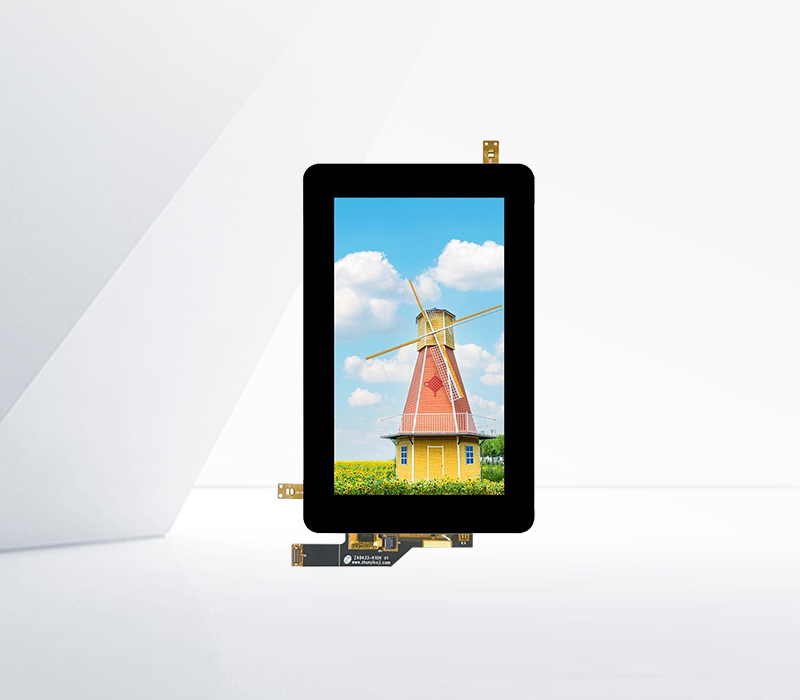




The width and height parameters of LED displays are crucial aspects that determine the overall size and aspect ratio of the display. The width refers to the horizontal dimension of the display panel, while the height represents the vertical dimension. These parameters are usually measured in millimeters or inches. The choice of width and height depends on various factors. For instance, in a commercial advertising application, the width and height of the LED display might be designed to fit a specific billboard space or the facade of a building. A large outdoor LED display for a highway advertisement might have a width of several meters and a height that is proportionate to create an eye-catching and visible display from a long distance.
In indoor settings, such as in a conference room or a retail store, the width and height of the LED display are selected based on the available space and the intended viewing experience. For example, a widescreen LED display with a 16:9 aspect ratio (a common aspect ratio similar to most modern televisions and computer monitors) might be chosen for a conference room to display presentations and videos in a format that is familiar and visually appealing. The height of the display needs to be such that it can be easily viewed by all participants in the room without causing discomfort or requiring excessive tilting of the neck. In a retail store, a vertically oriented LED display with a relatively small width and a larger height might be used to showcase product information or advertisements in a more prominent and space-efficient manner. Additionally, the width and height parameters also affect the resolution and pixel density of the LED display. A larger width and height generally require a higher resolution to maintain image clarity and sharpness.
